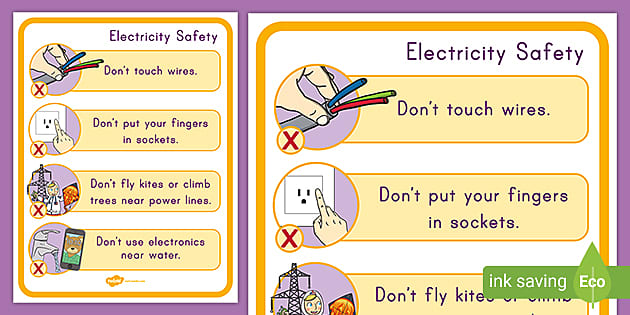Arc flash studies are essential in preventing life-threatening accidents and equipment damage in environments dealing with electrical systems. These assessments involve the detailed examination of electrical equipment, operational protocols, and potential hazards to ensure the safety of personnel working in high-risk environments. They are crucial for identifying hazards, evaluating risks, and implementing safety measures that minimize the potential for serious injury or catastrophic failures. We will explore the importance of arc flash studies by JBW Consulting Engineers serving Duluth, MN, and why they are critical in promoting electrical safety within commercial and industrial facilities.
What is an Arc Flash, and Why is it Dangerous?
An arc flash is a phenomenon where an electrical discharge travels through the air between conductors or from a conductor to the ground. This event can release extreme heat, radiant energy, flying debris, and explosive pressure waves. Temperatures during an arc flash can reach up to 35,000°F, which is hotter than the sun’s surface. The force of an arc flash can cause severe burns, blindness, lung damage, and even death to those nearby. Moreover, the explosive nature of an arc flash can cause equipment failure, resulting in extensive downtime, repair costs, and potential financial losses for businesses. The danger is further magnified by the fact that arc flashes can happen without warning, making proper prevention and mitigation efforts critical. Understanding the nature of arc flashes and their potential hazards is the first step in grasping why conducting arc flash studies is indispensable to maintaining workplace safety.
Components of an Arc Flash Study
An arc flash study is a comprehensive analysis that assesses the potential for arc flash hazards in a given electrical system. Several key components make up the arc flash study process. The first component is data collection, which involves gathering detailed information about the electrical distribution system, including one-line diagrams, equipment specifications, and operational characteristics. Next, a short circuit study is conducted to evaluate the system’s fault current levels, followed by a protective device coordination study that ensures all protective devices are properly set to minimize damage in the event of a fault. The arc flash hazard analysis calculates the incident energy, or the amount of energy released during an arc flash, and determines the appropriate personal protective equipment (PPE) workers need. Lastly, the study results create safety labels and inform training programs that help personnel understand potential risks and appropriate protective measures. By conducting these studies, organizations can identify potential hazards and take proactive steps to mitigate them before they result in injury or damage.
Regulatory Requirements and Industry Standards
Arc flash studies are not just recommended; regulatory agencies and industry standards often mandate them to ensure worker safety and compliance. For example, the Occupational Safety and Health Administration (OSHA) in the United States requires that employers implement safe electrical practices and ensure workers have appropriate PPE. OSHA often refers to the standards set forth by the National Fire Protection Association (NFPA) and the Institute of Electrical and Electronics Engineers (IEEE) to guide employers in maintaining a safe working environment. The NFPA 70E standard, in particular, outlines specific requirements for arc flash risk assessments, PPE, and employee training. Compliance with these regulations ensures that companies take necessary precautions to protect their employees and helps avoid potential fines, legal liabilities, and reputational damage resulting from non-compliance.
Improving Workplace Safety with Arc Flash Studies
One of the primary objectives of an arc flash study is to improve overall workplace safety by reducing the risk of electrical accidents. Conducting an arc flash study allows businesses to identify potential hazards within their electrical systems and take proactive measures to address them. This includes implementing proper equipment maintenance schedules, upgrading outdated systems, and ensuring that protective devices are appropriately configured. Additionally, arc flash studies provide valuable information for developing effective training programs that educate employees on recognizing hazards, following safety protocols, and using PPE. By enhancing employee awareness and preparedness, businesses can significantly reduce the risk of injuries and fatalities associated with arc flash incidents. Furthermore, regular updates to arc flash studies ensure that safety measures keep pace with changes in equipment, operations, or regulations. Overall, investing in arc flash studies is vital to fostering a safety culture and reducing the likelihood of accidents in high-risk environments.
Arc flash studies are crucial for maintaining electrical safety in environments where the risk of electrical hazards is present. These comprehensive assessments help identify potential hazards, evaluate risks, and implement measures to protect both personnel and equipment from the devastating effects of an arc flash incident. We have explored the importance of conducting arc flash studies and how they improve workplace safety, ensure regulatory compliance, and offering financial benefits for businesses. By investing in arc flash studies, organizations can safeguard their employees, prevent costly accidents, and create a safer working environment for everyone involved.
Keep an eye for more news & updates on Gossips!




